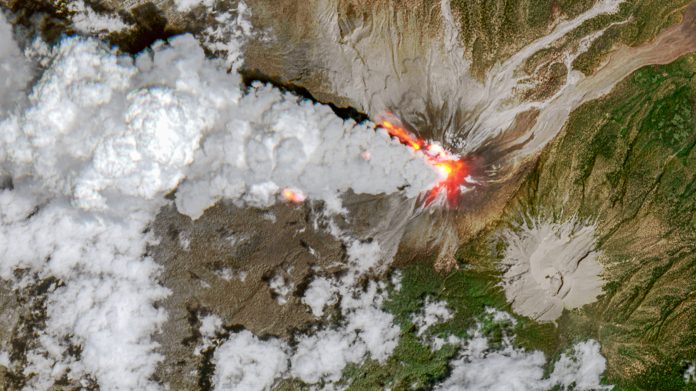
A mushroom cloud, readable from as close as 90 miles out. Mushroomed Indonesia’s Lewotobi Laki-Laki volcano on June 17, 2025. The atomic-blast-sized explosion stunned the world of science and put life in the Pacific to the test. One is always reminded that beneath our feet there are titanic forces to re-write not just landscapes, but the air we breathe and the balance of our climate.
Volcanoes have intrigued human beings since time immemorial, but their full influence on flying, farming, illness, and even on the climate of the planet is only made apparent in retrospect. The fresh Indonesian volcano provides us with a terrifying eye-witness experience of the unchecked fury of these natural disasters and of the numerous ramifications they possess. The nine interesting facts regarding the Mount Lewotobi eruption and their broader applicability are as follows, each of which places the interest and value of volcanic eruptions.

1. The Bigger-than-Life Scale and Spectacle of the Volcanic Eruption
Mount Lewotobi Laki-Laki was not merely an ordinary volcanic eruption it was an exhibition of nature’s might. The ash cloud reached 6.8 miles (35,904 feet) into the air in the form of a mushroom cloud that looked like a nuclear blast. The television transmission, which could be seen up to 90 miles away from the cities, was the reason why the authorities issued the utmost danger level and exclusion zone for five miles around the crater. The ash blanketed the skies, veiled houses, and canceled hundreds of flights, showing the firsthand and immediate impact of such volcanic eruptions.
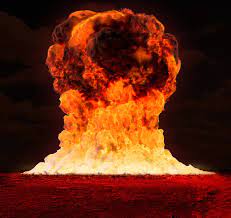
2. Why Volcanic Eruptions Similar to Nuclear Explosions
The mushroom cloud that erupted out of Mount Lewotobi Laki-Laki was sufficient to remind one of atomic bombs. While physically the shape is the same, the physics are everywhere: intensely hot gas bursting explosively outwards rapidly and firing rocket-like upwards, pulling behind to create the familiar cloud. Unfolding by NASA’s Jim Garvin after Tonga erupted in 2022, these eruptions emit hundreds of times more energy than the Hiroshima bomb. The 2022 Tonga explosion, for example, was roughly estimated at 4 to 18 megatons of TNT, a reminder that eruptions are as big as or even larger than man-made explosions in size and effect.
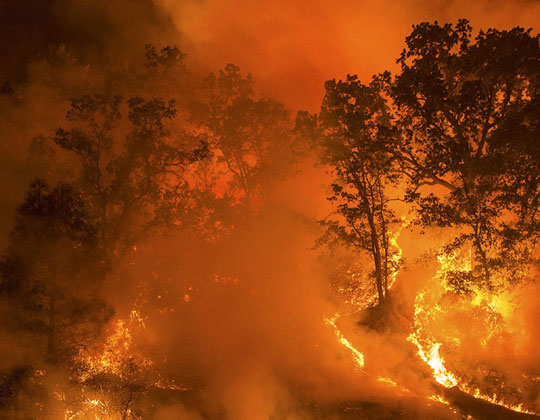
3. Human Impact and Emergency Response
Though the eruption size, no injury or death reports were received in early reports, a indication of rapid response by Indonesian authorities. Evacuation was done, and individuals living within the impacted communities were requested to wear masks in a bid to protect themselves from the risk of respiration. The explosion within the region in November 2024 killed individuals, however, manifesting the explosive risk entailed in taking part in such an endeavor. The risk is real, though presented differently, then. Exclusion and evacuation zone around a single village illustrates how readiness and prompt reaction can reduce the risks of volcanoes.
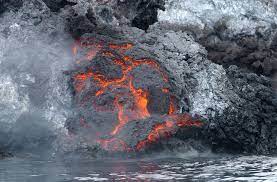
4. The Ring of Fire: Earth’s Volcanic Hotspot
Mount Lewotobi Laki-Laki is in the Pacific Ring of Fire, a 25,000-mile-wide horseshoe-shaped region of earthquakes with over 450 volcanoes over two-fifths of all volcanoes on the planet. It is the region where volcanoes and earthquakes are observed to occur with frequency, the outcome of tectonic plates crashing into one another beneath the earth’s surface. All by itself alone in 2025 so far, already 50 eruptions have occurred within the Ring of Fire, which is a lot about the geologically unstable nature of the place and how it continues to destabilize.
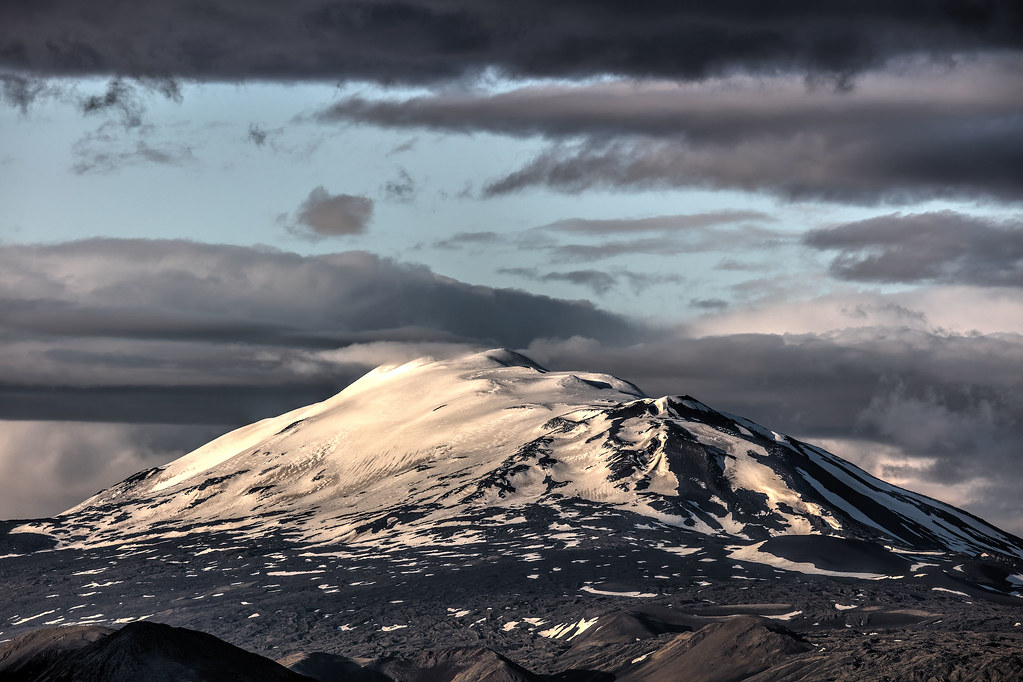
5. Flight Cancellation: Why Ash Cloud Grounds Planes
The ash plume of the eruption shut Maumere Airport and caused flight disruptions across Indonesia and as far afield as Bali, and dozens of international flights were cancelled. Volcanic ash is a huge hazard for flying: it can freeze aircraft engines, cloud windscreens in whiteout, and jam sensor information. In a sentence that was echoed by aviation journalist Geoffrey Thomas, “Volcanic ash contains a lot of silica, and when it melts it’s like glass.” Such a hazard to human life that even minor intrusions of ash result in large-scale flight delays, valuing lives above convenience.
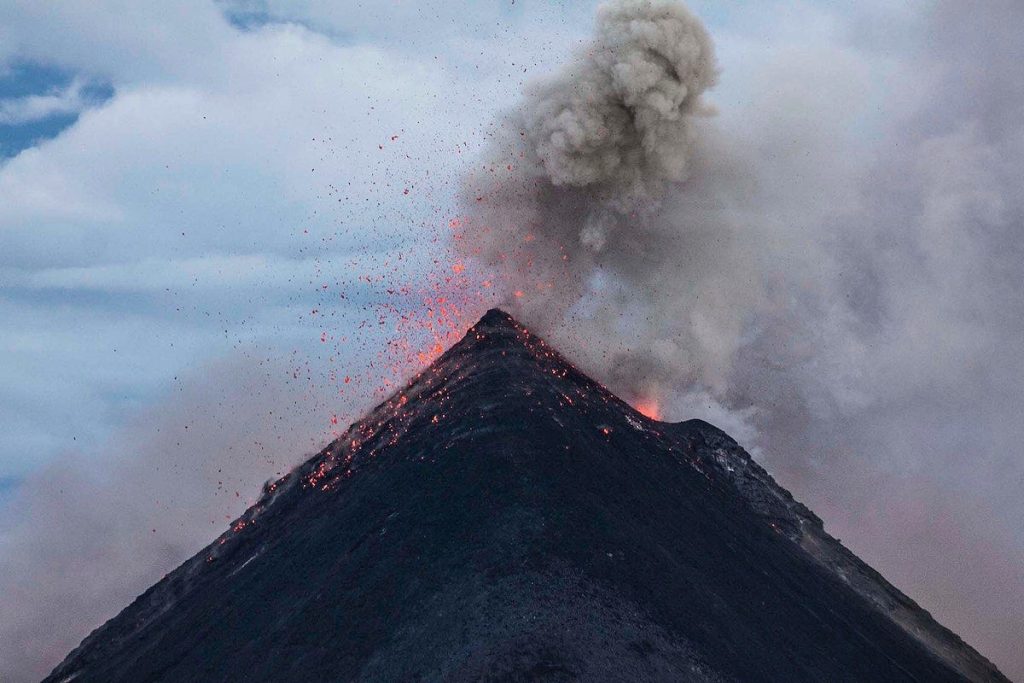
6. Global and Climate Impacts of Volcanic Ash
Volcanic ash and gases like sulfur dioxide, when they reach the stratosphere, affect the whole atmosphere. Volcanic ash makes the light scatter and causes short-term cooling, and sulfur dioxide produces sulfate aerosols that act as a global sunscreen. The enormous eruptions, according to the USGS, cooled surface temperatures 1.3°F for years to come. But cooling is largely temporary as climate reverts to normal not much later than aerosols have already fallen out. The Mount Pinatubo eruption in 1991, for instance, cooled the planet for three years. This is proof of the delicate balance of global climatic processes and volcanic eruptions.

7. Environmental and Agricultural Fallout
The ashfall of the eruption covered the lands, forests, and oceans, upsetting the ecosystem and food crops. Ashfall covers crops, prevents photosynthesis, and contaminates water bodies. Temporarily apocalyptic effects are the byproduct, though volcanic soils are highly fertile in the long run. Indonesian research affirms it would be decades or a century before land returns to normal and forest ecosystems recover at a higher rate than monocrop plantations. Farmers attempt to blend ash with earth in a desperate attempt to accelerate the healing process, but it is neither rapid nor guaranteed.
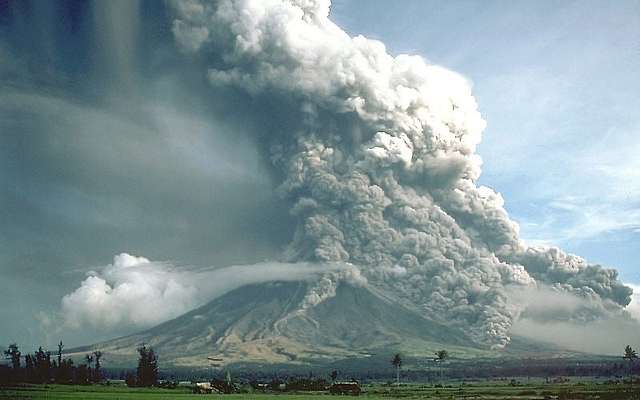
8. Health Hazards: The Hidden Dangers of Volcanic Ash
Volcanic ash has extremely health-hazardous impacts, especially on people with a prior history of respiratory disease. Fine ash inhalation can lead to inflammation of the eyes, nose, and throat, coughing, and labored breathing. Indoor refuge, air cleaner use, and face mask use are recommended by public health agencies during ashfall occurrences. Long-term effects, especially in densely populated countries like Indonesia, are being investigated and found to be serious.
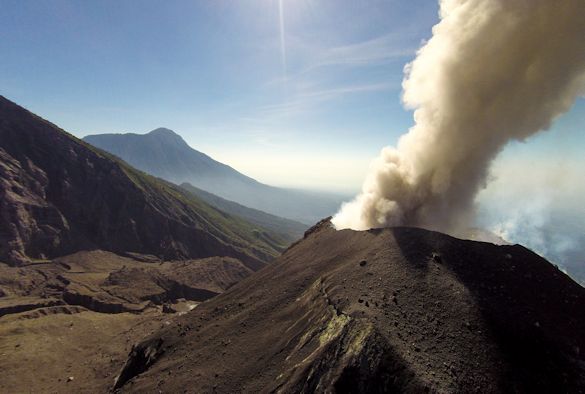
9. Improvements in Volcano Observations and Predictions
The Lewotobi eruption signifies the use of advanced volcano monitoring. With recent volcano observation, synergy between seismic gear, satellite images, and AI-assisted analysis facilitates pre-eruption sign detection and early warning. Emerging technologies revolutionized eruption forecasting in recent years with advancements such as gas analyzers onboard drones and infrasound sensors. It’s the USGS that states, “Early detection of unrest with sensitive monitoring instruments helps reduce socioeconomic loss.” It’s technology that is critical to the individuals in the shadow of a volcano erupting, providing them a greater chance to prepare and react.
The 2025 Mount Lewotobi Laki-Laki eruption is a good reminder of the persistent power of the geology of the Earth. Their impact from flight and agriculture to the weather and public health reminds us of the interdependence of human society and the Earth’s systems. With improved monitoring equipment and more scientific understanding, future eruptions will be greeted with increasing resilience, less damage but still wonder at forces that mold our world.
